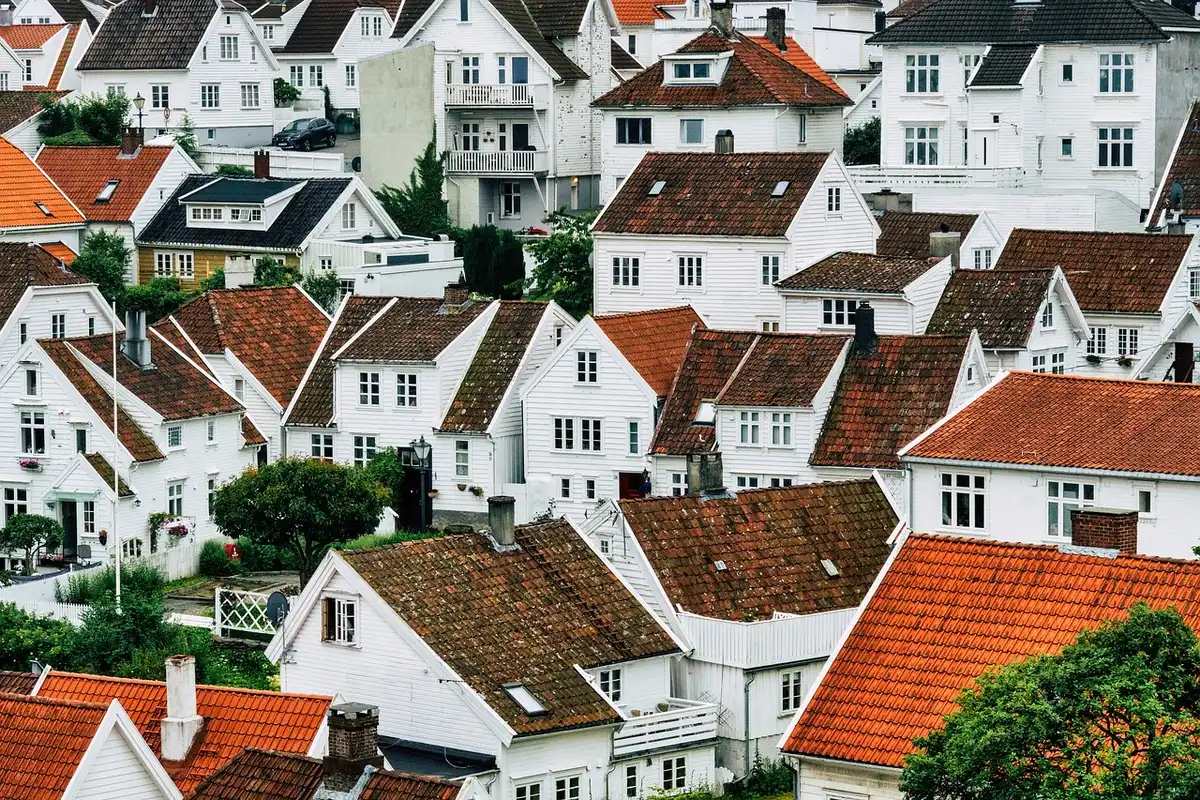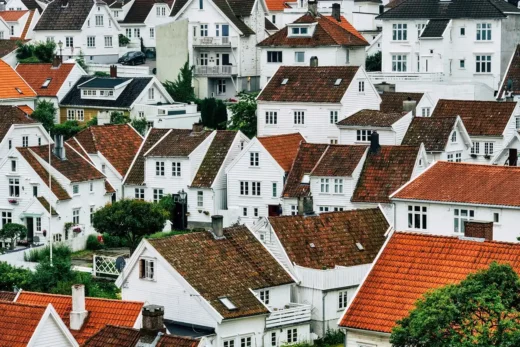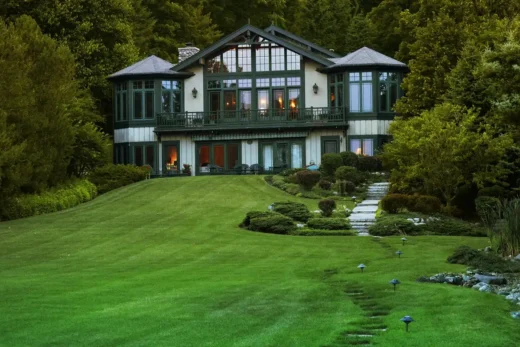How to budget and plan for large-scale home projects, House renovating interior upgrades, Property renewal
The Financial Side of Architecture: How to Budget and Plan for Large-Scale Home Projects
18 April 2024
So, you’ve got this grand idea for a dream home. It’s going to be amazing, custom design, the best materials, everything just right. But here’s the thing: building a large-scale home isn’t just about picking out paint colors and floor plans. It’s about getting the money part right, too. If you don’t nail down the financial side of things, you could end up in a situation where your dream home becomes a financial nightmare.
But don’t worry, we’re here to break it down. Let’s talk about how you can budget for your big project and save the right way so your dream doesn’t turn into a financial disaster.
Starting with the Basics: What’s in Your Budget?
First off, let’s talk about the most important thing: the budget. When we say “large-scale home project,” we’re talking about custom homes, major renovations, or any project that involves significant design and construction. It’s not just a few coats of paint and some new windows; this is a full-on building adventure.
So, what goes into that budget? Well, there are a few key things you need to account for:
- Land costs: You need to buy the land first. That’s your foundation, literally.
- Permits and fees: All the legal and governmental stuff, from zoning permits to inspections.
- Construction costs: This covers everything from materials to labor, brick, steel, drywall, and those high-end countertops you’ve been dreaming about.
- Architectural fees: Of course, architects will help bring your vision to life, but their services come with a cost. The good news is, the right architect can save you money by helping you avoid mistakes that could get expensive down the line.
- Finishing touches: You’ll also want to account for things like landscaping, interior design, and other details that make your home truly yours.
Got it? Great. Now let’s dive into how you can manage all of this.
How to Save for a Big Project Like This
Now, here’s where it gets real. How do you actually pay for this dream home? Spoiler alert: it’s not going to happen overnight. You need to start saving, and you need to start saving early.
But how do you even begin? Here’s the plan:
Set Clear Savings Goals
First, figure out how much you’re going to need. Yeah, we know, it’s a big number. But breaking it down into smaller, more manageable chunks makes it easier. Start by listing all the costs we just talked about. Then, determine a timeline. Are you looking to build in a few years, or are you planning something sooner? This will help you figure out how much you need to save each month. You can also use a 50/30/20 rule calculator to help with budgeting and ensure you’re allocating your income effectively.
Save Smart with High-Yield Accounts
If you’re saving over several years, look into high-yield savings accounts or money market accounts. You want your savings to grow as much as possible, right? These accounts usually offer higher interest rates than regular savings, which means your money works a little harder for you.
Invest Your Savings
If you’re planning for a project that’s a few years down the line, you might want to think about investing your savings. We’re not talking about risky stocks here, keep it low-risk, like bonds or other conservative investments. That way, your savings can grow steadily while you keep your eye on the prize.
Automate the Process
Saving is one of those things that’s easy to forget. That’s why setting up automatic transfers to your savings account is a game-changer. You won’t even have to think about it, and before you know it, you’ll have built up a nice little stash for your project.
Financial Planning for the Project Phases
Okay, you’ve got your savings rolling in, but how do you actually spend it wisely? That’s where phase-based financial planning comes in.
Instead of blowing through your entire budget in one go, break the project into stages. Think of it like a marathon, not a sprint. You’ve got to pace yourself. For instance:
- Phase 1: Land purchase and site prep.
- Phase 2: Construction: foundation, framing, plumbing, electrical, and all the heavy lifting.
- Phase 3: Final touches: interior design, landscaping, and those final details that make the house a home.
Each phase can be financed separately based on your savings and any financing options you have. This approach helps you spread the financial burden and makes it easier to stay within your budget.
The Role of Architects in Managing Costs
Here’s something you might not know: architects aren’t just there to make your house look pretty. They’re there to help you keep costs under control, too. The right architect will be mindful of your budget while still delivering a design that feels like you.
How? Well, they can offer creative solutions that reduce costs, without compromising on style. Maybe it’s choosing more affordable materials or suggesting design tweaks that make a big difference in price. The point is, architects can be a huge asset in managing the financial side of your project.
Plan for the Unexpected
Let’s face it: construction projects rarely go off without a hitch. There’s always something unexpected, maybe the materials you want are back-ordered, or the weather causes delays. That’s why having a contingency fund is key.
Aim to save about 10-20% of your total budget for emergencies. This isn’t extra money to blow on designer light fixtures, it’s your safety net. When things go wrong (and they will), you’ll be happy you planned ahead.
Cost-Saving Tips for Large-Scale Home Projects
We all love saving money, especially on big projects. Here are a few ways to stretch your budget:
- Smart material choices: Look for cost-effective but high-quality materials. You don’t need to buy the most expensive hardwood floors or granite countertops. There are affordable alternatives that still look amazing.
- Efficient design: Open floor plans and multifunctional spaces can reduce the overall square footage, saving on construction costs.
- Phased construction: If you can’t afford to build everything at once, consider completing the house in phases. Start with the essentials and finish the rest later when more funds are available.
- Negotiating with contractors: It’s always worth asking if there’s room for negotiation on prices. Don’t be afraid to shop around for better deals on labor and materials.
Keeping Track of Your Budget During Construction
Once construction starts, it’s crucial to stay on top of your spending. You don’t want to be halfway through the project and realize you’ve spent more than you can afford. Keep a close eye on the budget and review it regularly. It’s easier to make adjustments early on than to fix a big mess later.
Wrapping It Up: Finalizing Your Dream Home Without Breaking the Bank
Finally, once your project is nearing completion, don’t forget about the finishing touches, landscaping, interior design, and any extra features you want to add. These last details can really make a home feel complete, but they also add to the cost. Make sure you have money saved up for them in your contingency fund.
And remember, good planning goes a long way. If you’ve saved smartly, budgeted carefully, and worked closely with your architect, you can enjoy your dream home without the financial headaches.
Comments on this guide to How to budget and plan for large-scale home projects article are welcome.
Property Patios
Patio Design and Furniture Posts
13 tips to help you decide on patio furniture
How do you make a peaceful patio
10 design ideas to breathe life into your outdoor patio
Residential Property Articles
Contemporary Property Articles – architectural selection below:
Comments / photos for the The Financial Side of Architecture: How to Budget and Plan for Large-Scale Home Projects page welcome.







